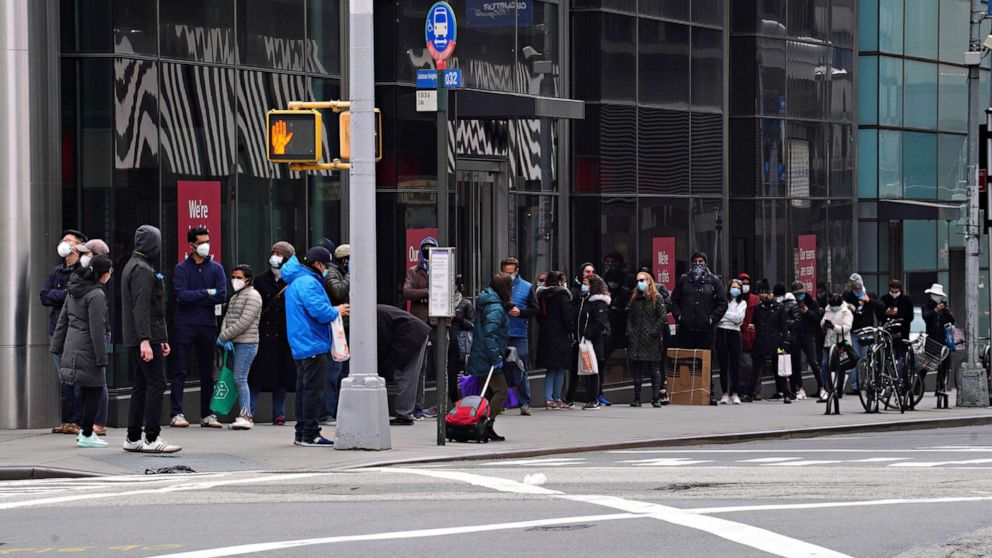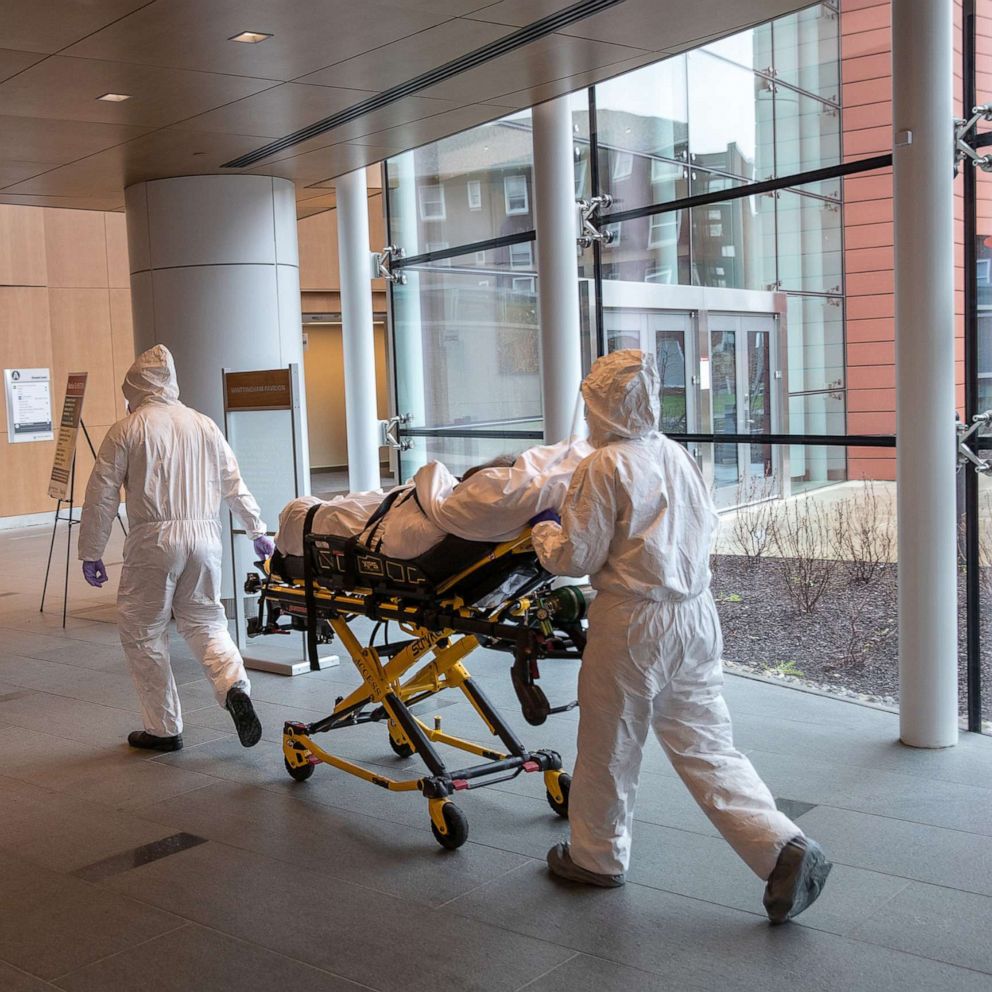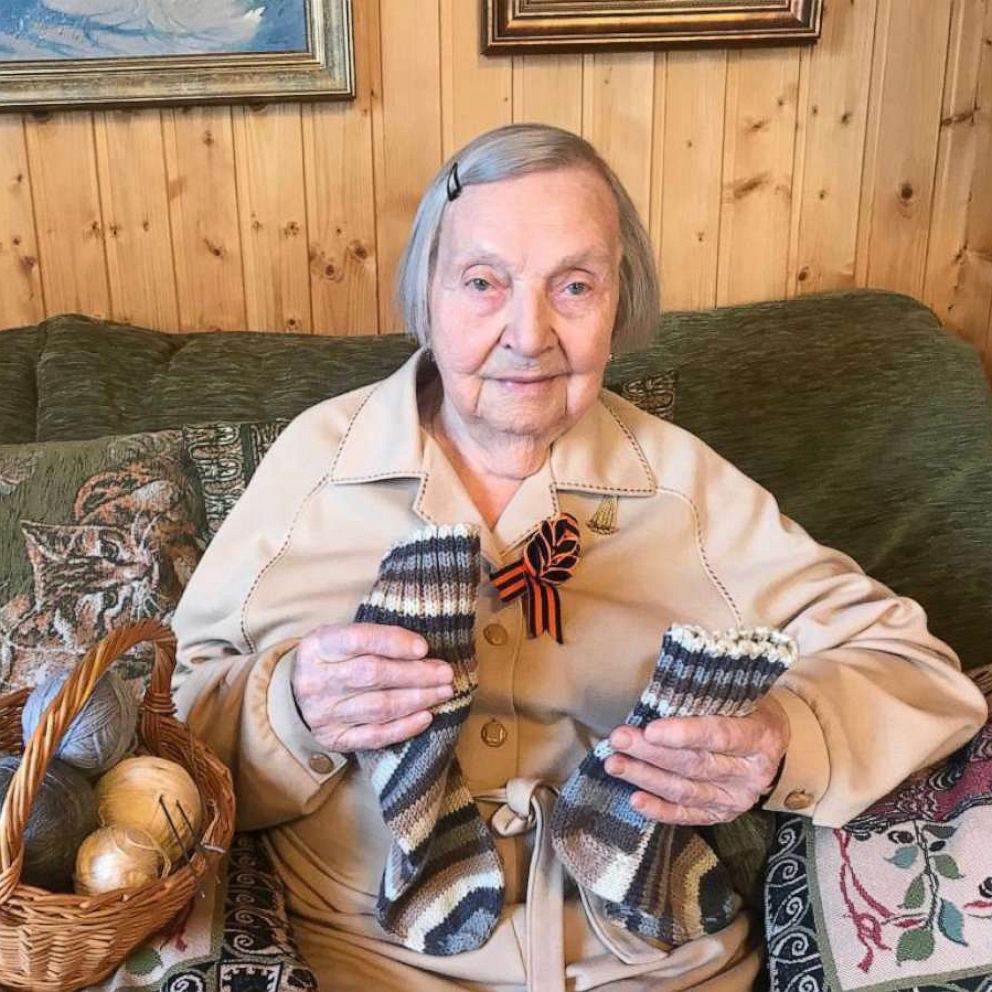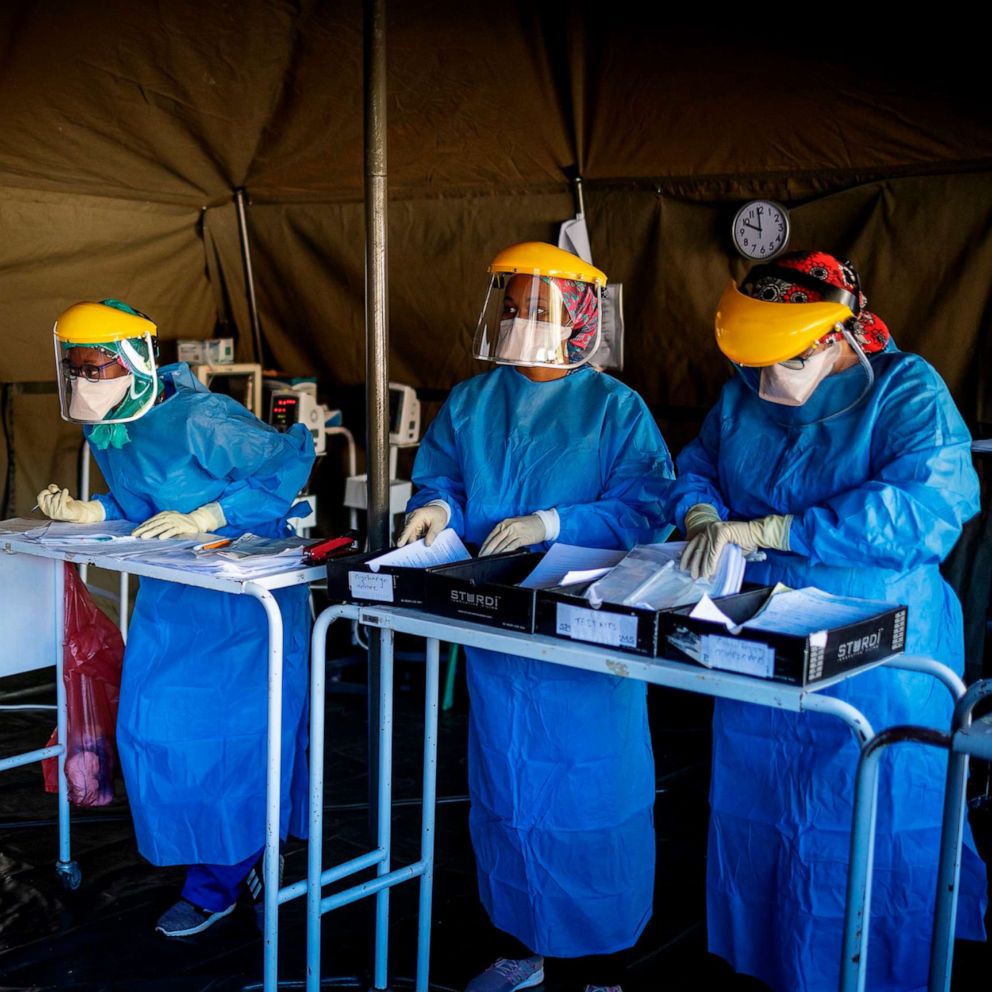More than 5,000 unclassified NYC deaths may be linked to coronavirus: CDC
A pandemic of the novel coronavirus has now killed more than 284,000 people worldwide.
More than 4.1 million people across the globe have been diagnosed with COVID-19, the disease caused by the new respiratory virus, according to data compiled by the Center for Systems Science and Engineering at Johns Hopkins University. The actual numbers are believed to be much higher due to testing shortages, many unreported cases and suspicions that some governments are hiding the scope of their nations' outbreaks.
Since the first cases were detected in China in December, the United States has become the worst-affected country, with more than 1.3 million diagnosed cases and at least 80,087 deaths.
Monday's biggest developments:
Here's how the news developed Monday. All times Eastern.
9:08 p.m.: College AP exams conducted online for first time
For the first time in their history, the annual college Advanced Placement exams are being conducted online for students at home due to the COVID-19 pandemic.
Exams got underway Monday with portions of the AP Physics and AP U.S. Government and Politics tests being given online to more than 376,000 students, according to the College Board organization, which grants college course credit to high school students who complete AP courses and then pass the exams.
Advanced Placement exams have traditionally been administered in person from the time the AP program was established in 1955.
College Board officials said that fewer than 1% of students taking the tests on Monday reported technical difficulties, despite the wide variety of devices used.
5:56 p.m.: US death tolls climbs past 80,000
The United States death toll from COVID-19 has continued to climb, surpassing 80,000 early Monday evening.
According to data compiled by the Center for Systems Science and Engineering at Johns Hopkins University, 80,087 people have died from the virus in the U.S.
Last week, President Donald Trump again revised his estimate of how many Americans will die from the coronavirus, saying it could be as many as 100,000.
4:37 p.m.: LA beaches can reopen Wednesday with restrictions
Beaches in Los Angeles County can reopen on Wednesday -- but with restrictions.
Beaches will be available for individual or family activities and exercise only. Beachgoers cannot sit on the sand or bring coolers, the Los Angeles County Department of Beaches and Harbors announced Monday.
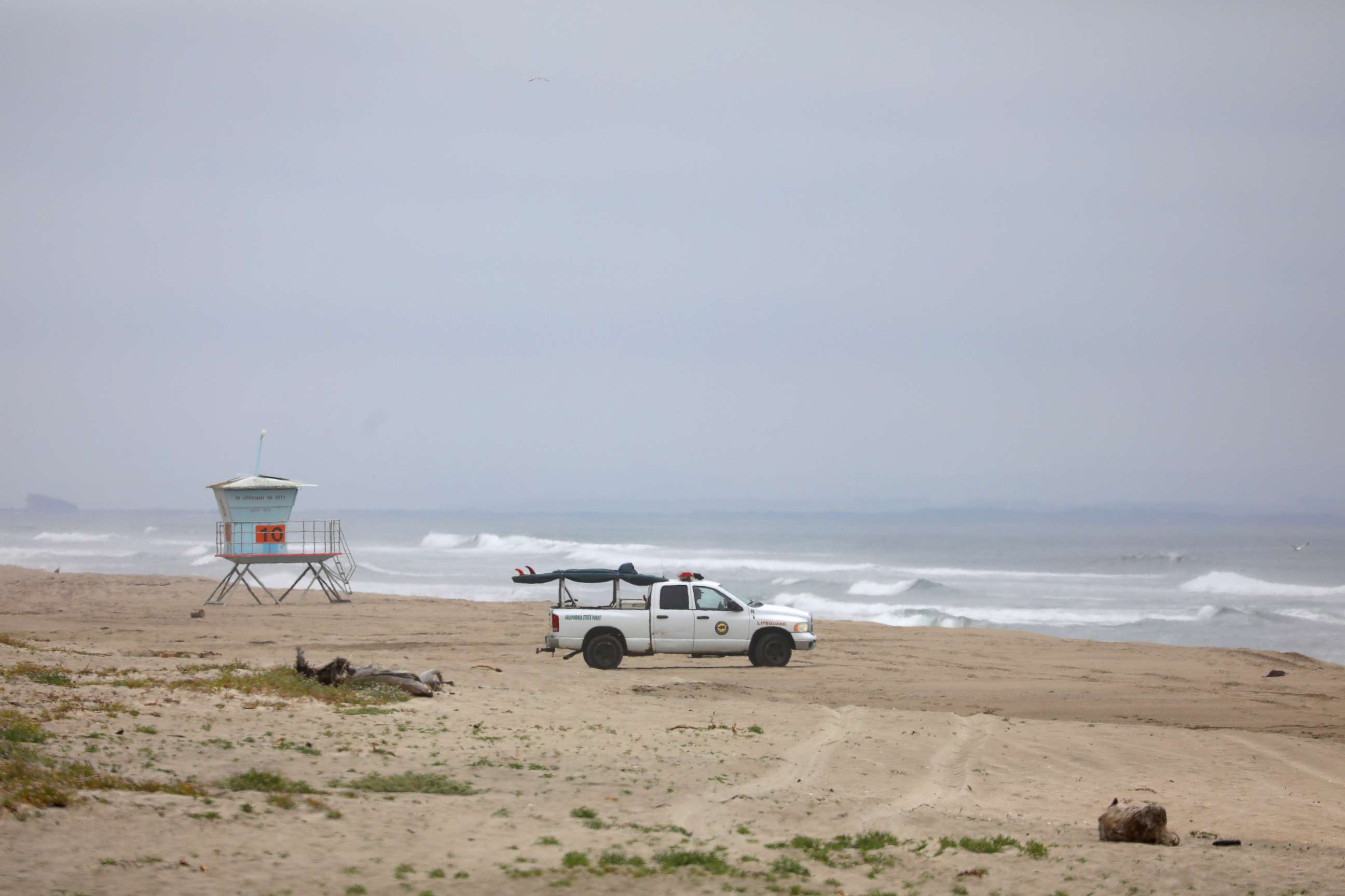
Six feet of distancing and masks will be required, the department said. Parking lots, bike paths, piers and boardwalks will stay closed.
Los Angeles County has reported more than 31,000 confirmed cases of COVID-19 and at least 1,530 deaths.
4:18 p.m.: Western states request $1 trillion
Five western states on Monday sent a letter to congressional leaders requesting $1 trillion in relief for core government services.
The letter is signed by the governors of California, Oregon, Washington, Nevada and Colorado, as well as legislative leaders from those states.
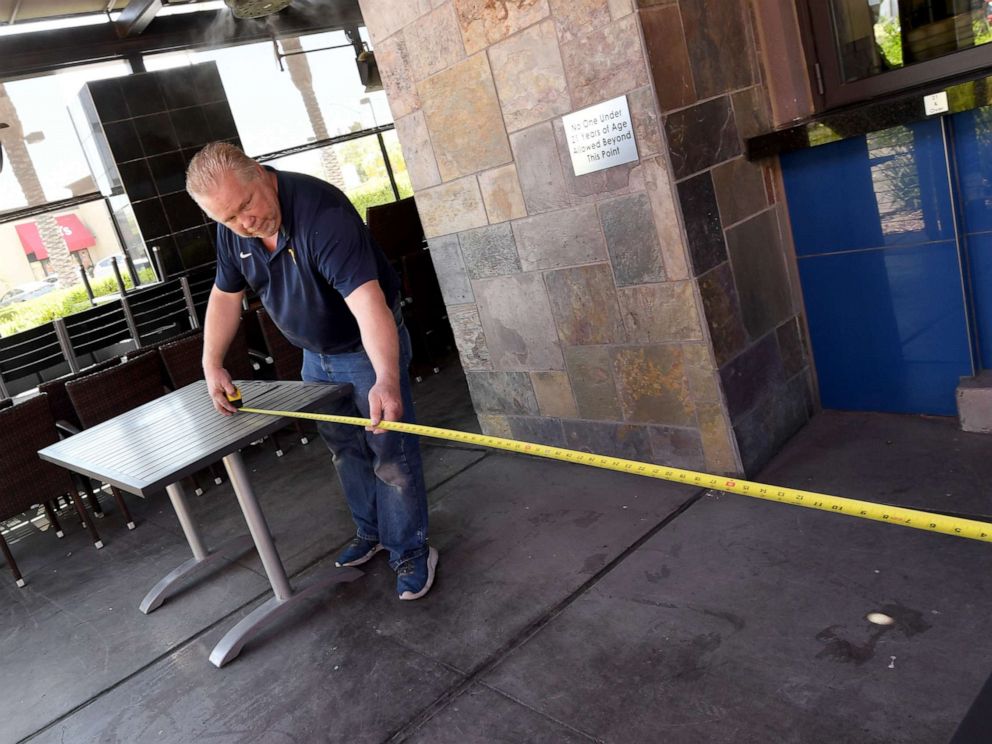
"Without federal support, states and cities will be forced to make impossible decisions -- like whether to fund critical public healthcare that will help us recover," the letter said.
The governors added, "This aid would preserve core government services like public health, public safety, public education and help people get back to work."
Tune into ABC at 1 p.m. ET and ABC News Live at 4 p.m. ET every weekday for special coverage of the novel coronavirus with the full ABC News team, including the latest news, context and analysis.
3:50 p.m.: Louisiana lifting stay-at-home order on Friday
Louisiana is lifting its stay-at-home order on Friday and will move into "phase one" of the state's reopening, Gov. John Bel Edwards announced.

Gyms, hair salons and nail salons can reopen -- but with a capacity of 25% and only if employees wear face coverings, the governor said.
Bars, tattoo parlors, amusement parks and spas will remain closed.
The governor said a new proclamation will be signed on Thursday.
The state has over 31,000 confirmed cases of COVID-19 and 2,242 deaths.
3:25 p.m.: 30 NYC teachers dead from coronavirus
New York City has lost 30 teachers to the coronavirus, according to the city's Department of Education.
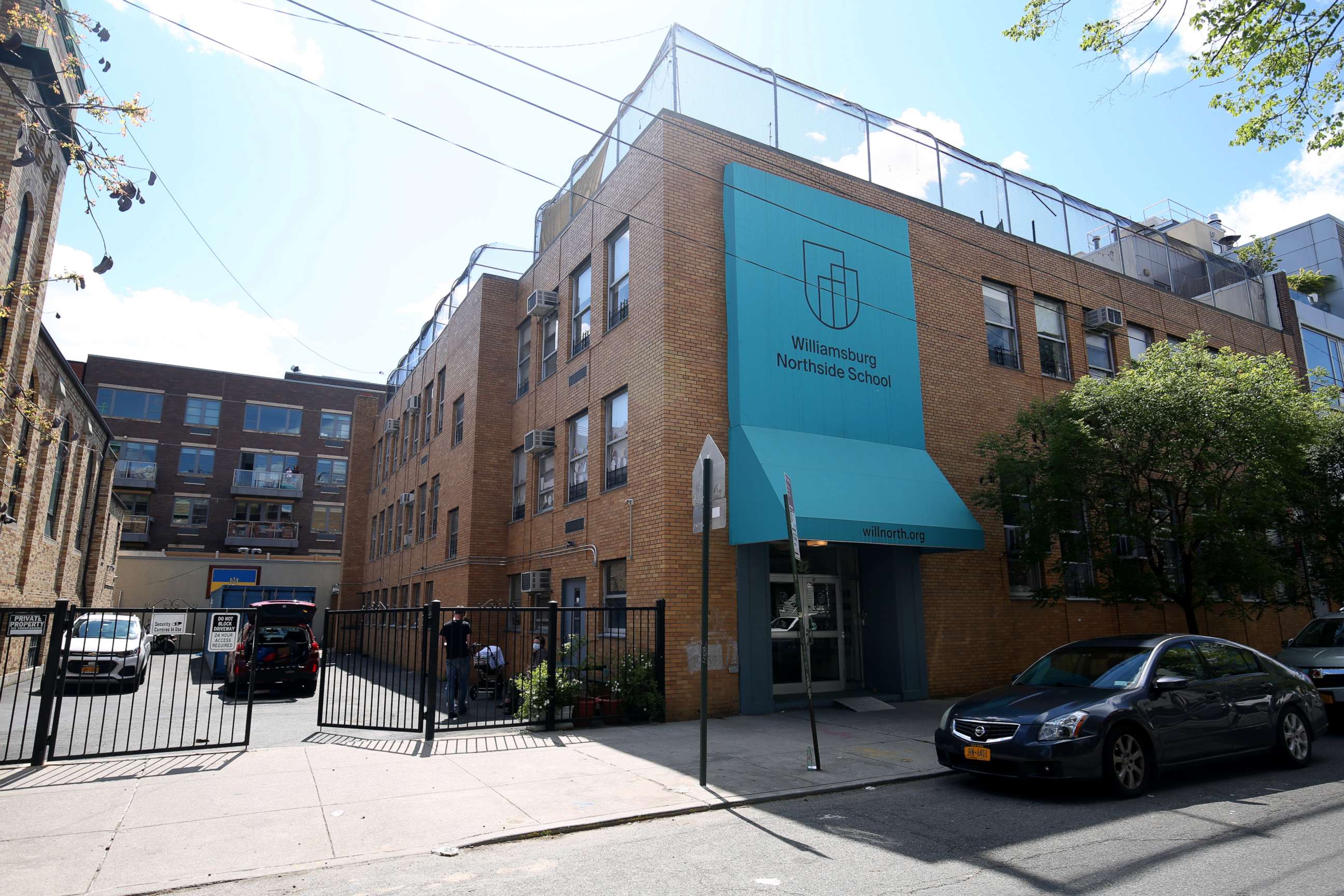
The teachers are among 74 Department of Education employees who have died after contracting the virus.
The other fatalities include two school aides, two guidance counselors and two food service staffers.
Schools are deploying crisis counselors remotely, the education department said.
2:45 p.m.: NY state preps to begin reopening businesses
In New York state, this upcoming Friday marks the end of the statewide closure. Now the reopening preparations shift toward different regions of the state, Gov. Andrew Cuomo said Monday.
Certain low-risk businesses and recreational activities can open Friday, including landscaping, gardening, tennis courts and drive-in movie theaters.
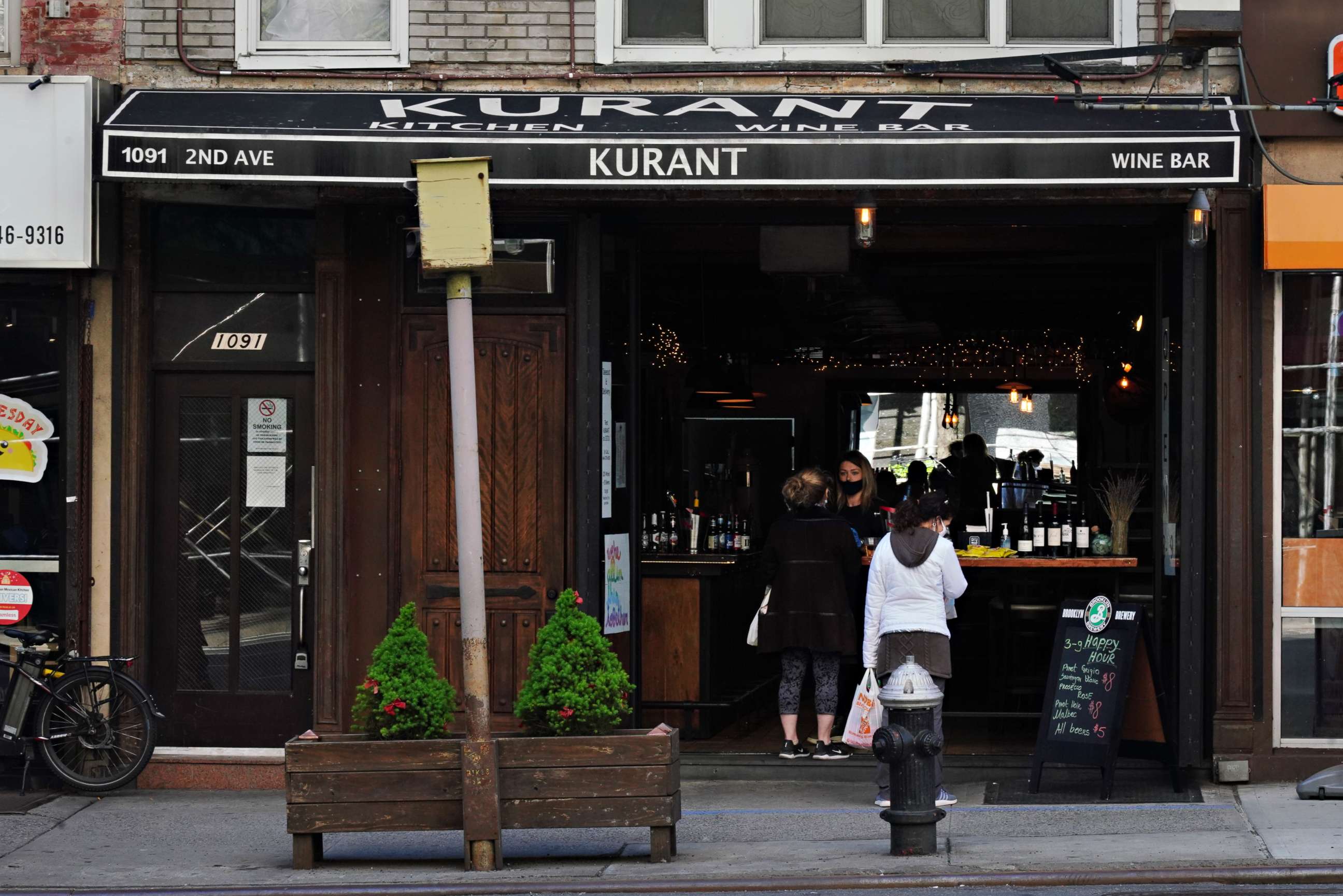
Among the metrics regions must meet to reopen include: a 14-day decline in hospitalizations or under 15 new hospitalizations and a 14-day decline in hospitalized deaths or under five new deaths.
Three New York regions are ready to reopen: the Finger Lakes, Southern Tier and Mohawk Valley.
Two more regions -- the North Country and Central New York -- may be ready at the end of the week, Cuomo said.
The reopening of businesses will be divided into phases.
Phase 1 includes the reopening of curbside pickup retail, construction and agriculture. Phase 2 openings include administrative support, retail, professional services and real estate.

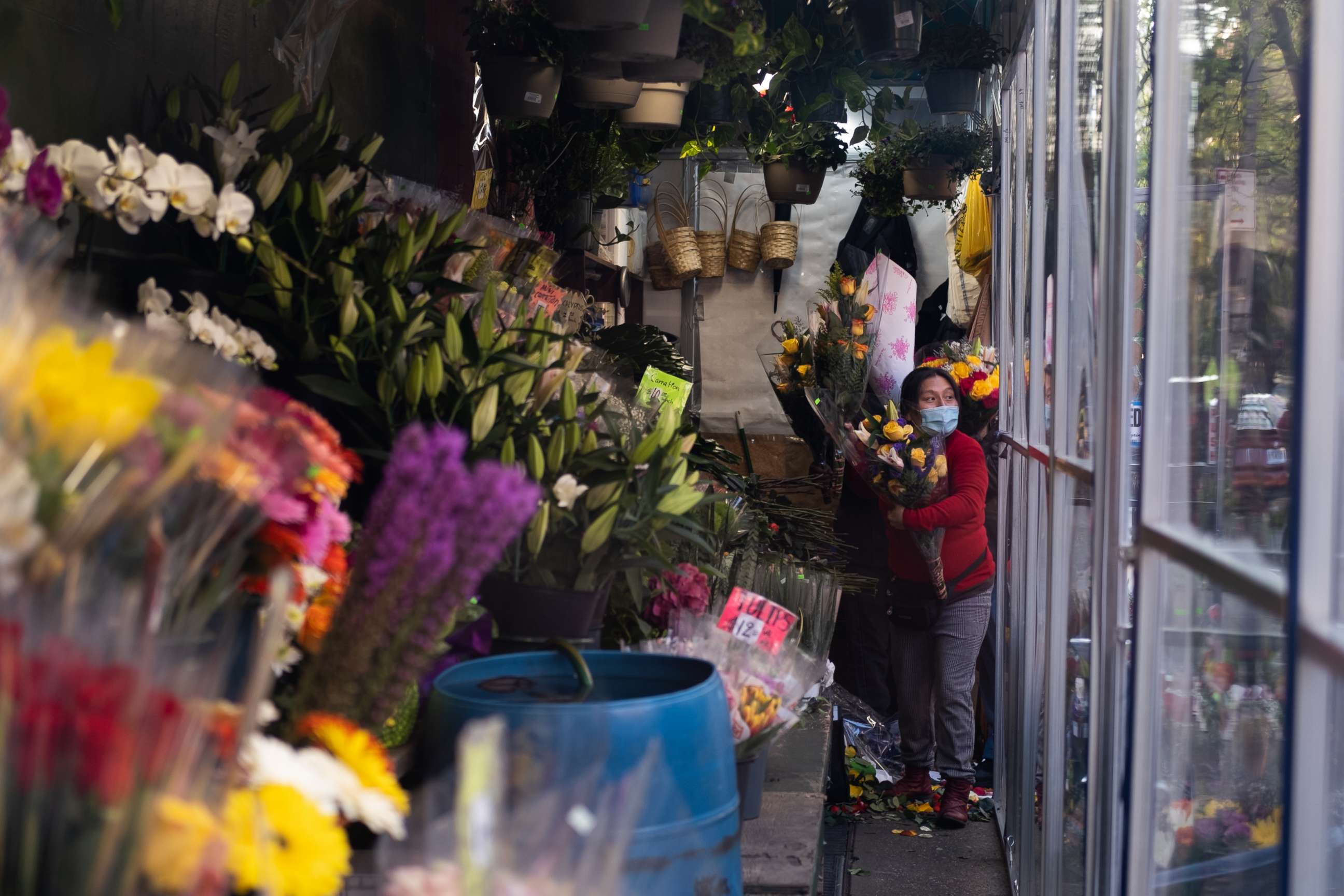
1:16 p.m.: Over 5,000 unclassified NCY deaths may be COVID-related
A new report released Monday from the Centers for Disease Control and Prevention (CDC) examines the 32,107 total deaths reported in hard-hit New York City from March 11 to May 2.
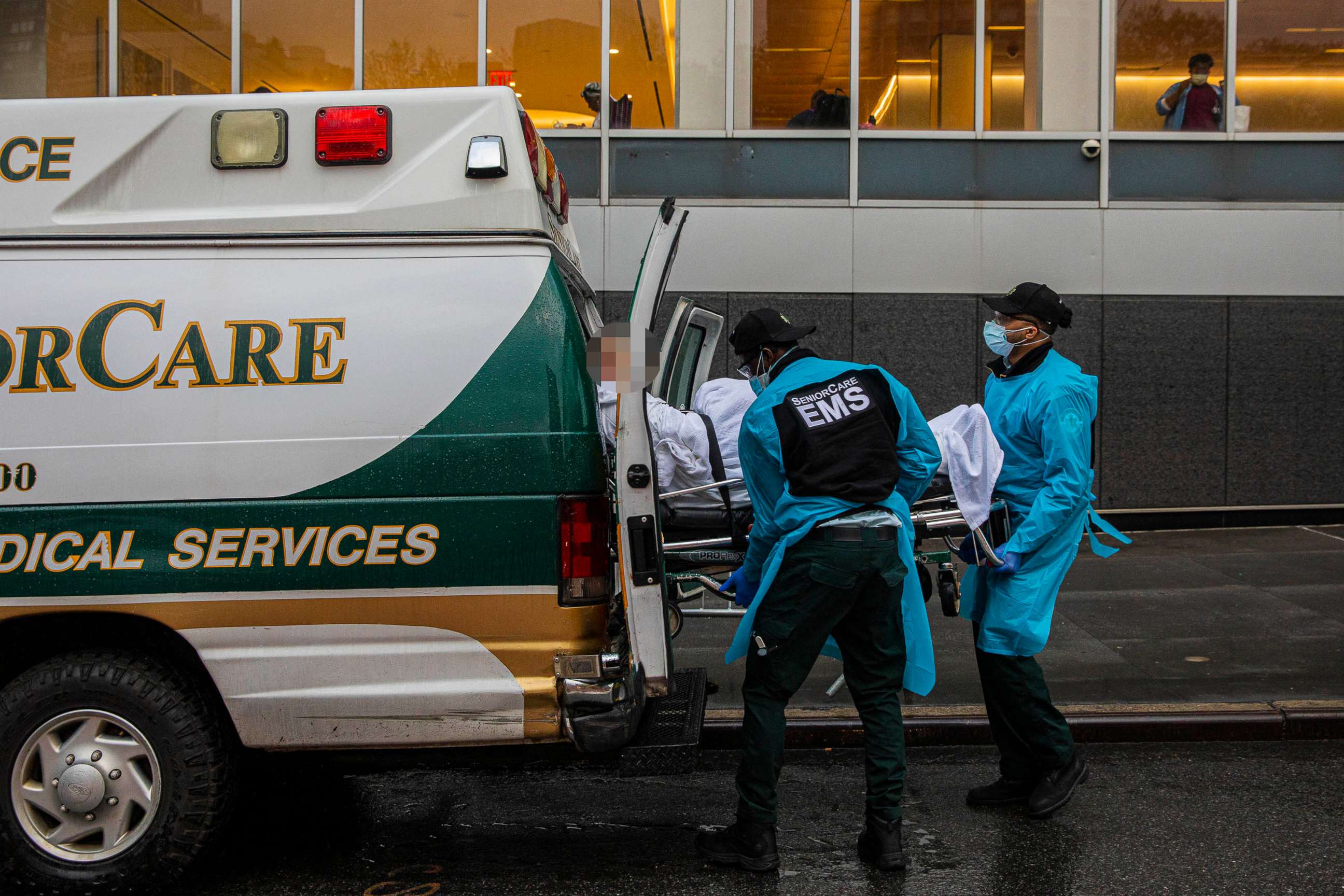
Of those deaths, 24,172 were found to be in excess of the expected baseline.
Out of those 24,172 deaths, 13,831 were confirmed to be related to COVID-19, and another 5,048 were likely linked to COVID-19.
That left 5,293 excess deaths that were not identified as either confirmed or probable COVID-19 cases -- and the report says those fatalities "might have been directly or indirectly attributable to the pandemic."
"The percentages of these excess deaths that occurred in persons infected with SARS-CoV-2 or resulted from indirect impacts of the pandemic are unknown and require further investigation," the CDC said.
11:52 a.m.: Delaware presidential primary pushed back a 2nd time to July 7
Delaware's presidential primary, which was initially postponed to June 2 due to the coronavirus, has now been pushed back again to July 7.
This marks the fourth state to delay a primary twice, along with Connecticut, Louisiana and Georgia.
Only four primaries are now on the schedule for May: Nebraska, Oregon, Hawaii and the Virgin Islands.
11:26 a.m.: Illinois' governor working from home after senior staffer tests positive
Illinois Gov. JB Pritzker is working from home after a senior staffer tested positive for COVID-19.
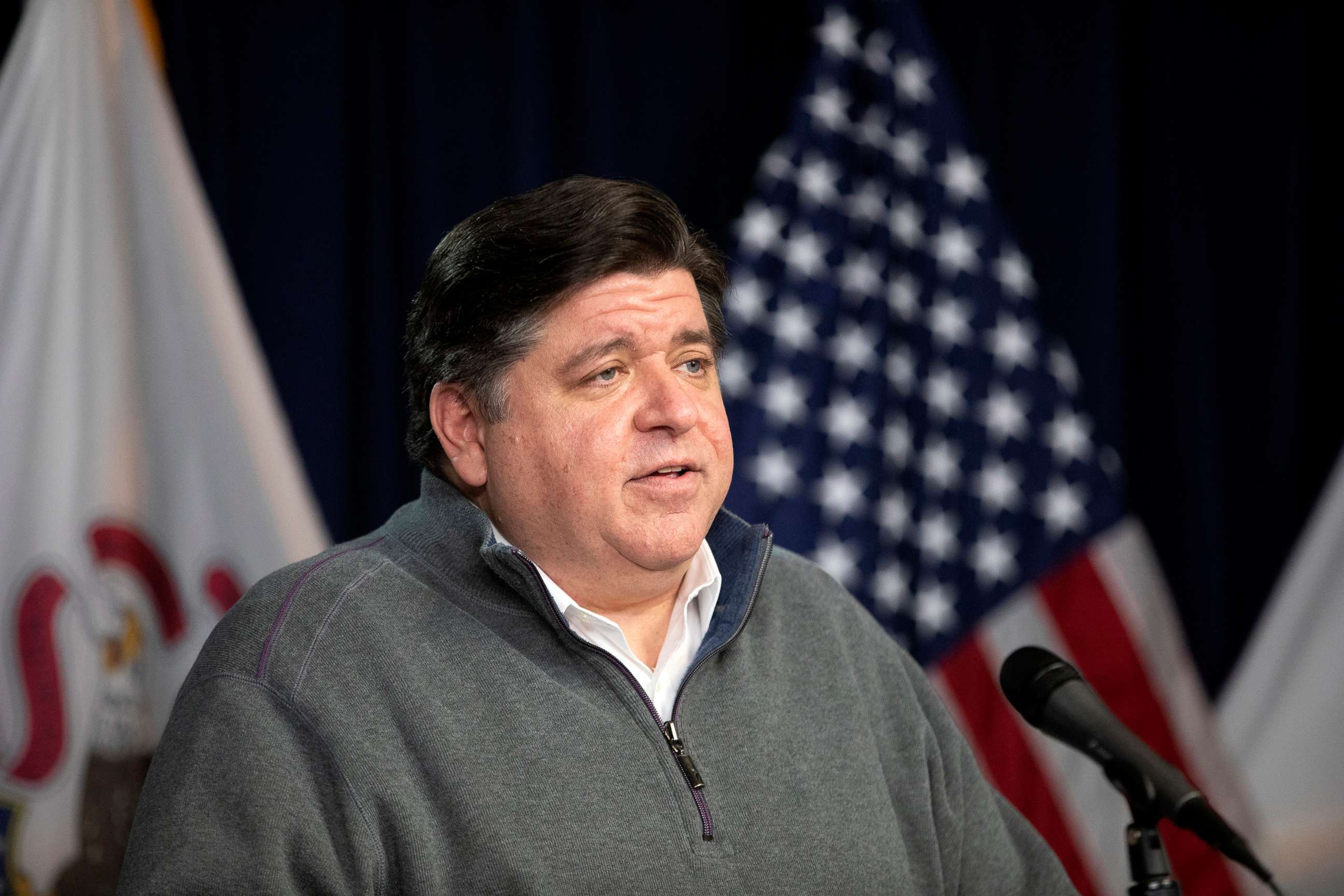
The staffer, who does not have symptoms, tested positive late last week after being in close contact with Pritzker and other staff members, the governor's office said.
Pritzker has tested negative twice; his most recent negative test was on Sunday.
Pritzker and his staff "will follow Illinois Department of Public Health guidance and work from home for an appropriate isolation period," his office said.
10:55 a.m.: In Jersey City, asymptomatic residents can get tested
In Jersey City, New Jersey, testing for the coronavirus was expanded last week to include asymptomatic residents.
"We've had a significant impact here from the pandemic -- we've had more than 6,000 cases and more than 300 fatalities," Mayor Steven Fulop told ABC News.
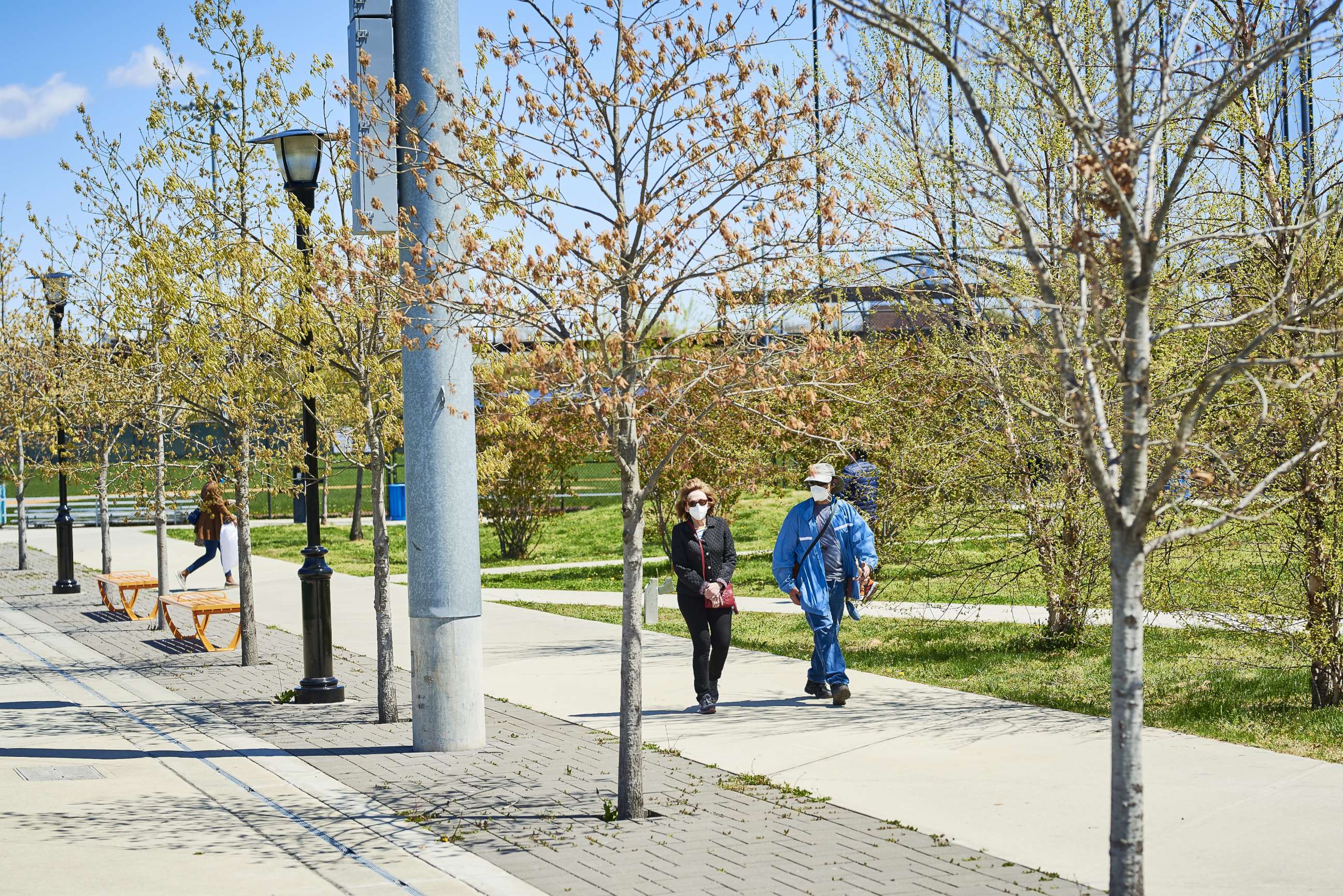
The mayor said Jersey City is testing more than any other city in the state, including antibody testing and asymptomatic testing.
For a Jersey City resident to be tested, "you don't need to show any symptoms whatsoever," the mayor said.
"We are testing smaller businesses that ask for all of their employees to get tested and some medical offices that are looking to reopen and do non-emergency work and emergency-type dental work," Fulop said. "Then we are sending regular rotations out to our senior homes, the more vulnerable communities so we can recognize clusters earlier."
10:20 a.m.: In NYC, all 3 tracking progress indicators heading in right direction
In hard-hit New York City, all three tracking progress indicators are headed in the right direction, NYC Mayor Bill de Blasio said on Monday.
On Saturday, 55 people were admitted to New York City hospitals for suspected COVID-19 -- down from 69 on Friday.
"That sure is heartening compared to where we were," de Blasio said.

The city had 537 people in intensive care units with suspected COVID-19 on Saturday -- down from 540 on Friday. Of those tested across the city, 13% were positive for the coronavirus -- down from 17% on Friday.
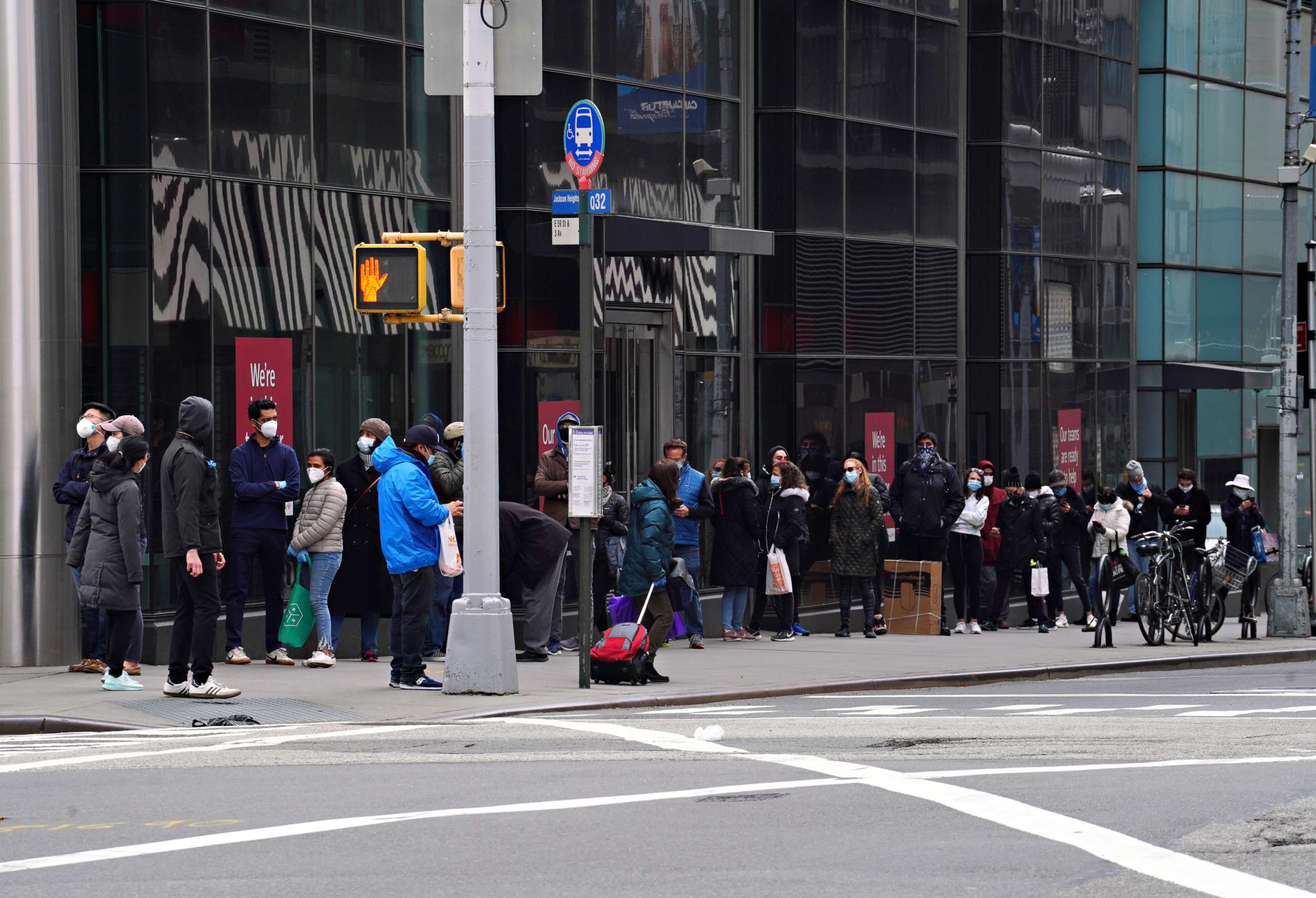
When the New York City subways were shut down for overnight cleaning early Monday, police and nurses engaged 261 homeless individuals. Of those, 139 people accepted help and were taken to either a hospital or shelter, de Blasio said.
The mayor called this major progress for protecting the city's homeless. In the six days since the overnight subway shutdown started, the number of homeless New Yorkers willing to accept help has been "very consistent," he said.
De Blasio said this "gives me hope that we're gonna be able to get a number of homeless people once and for all off the streets."
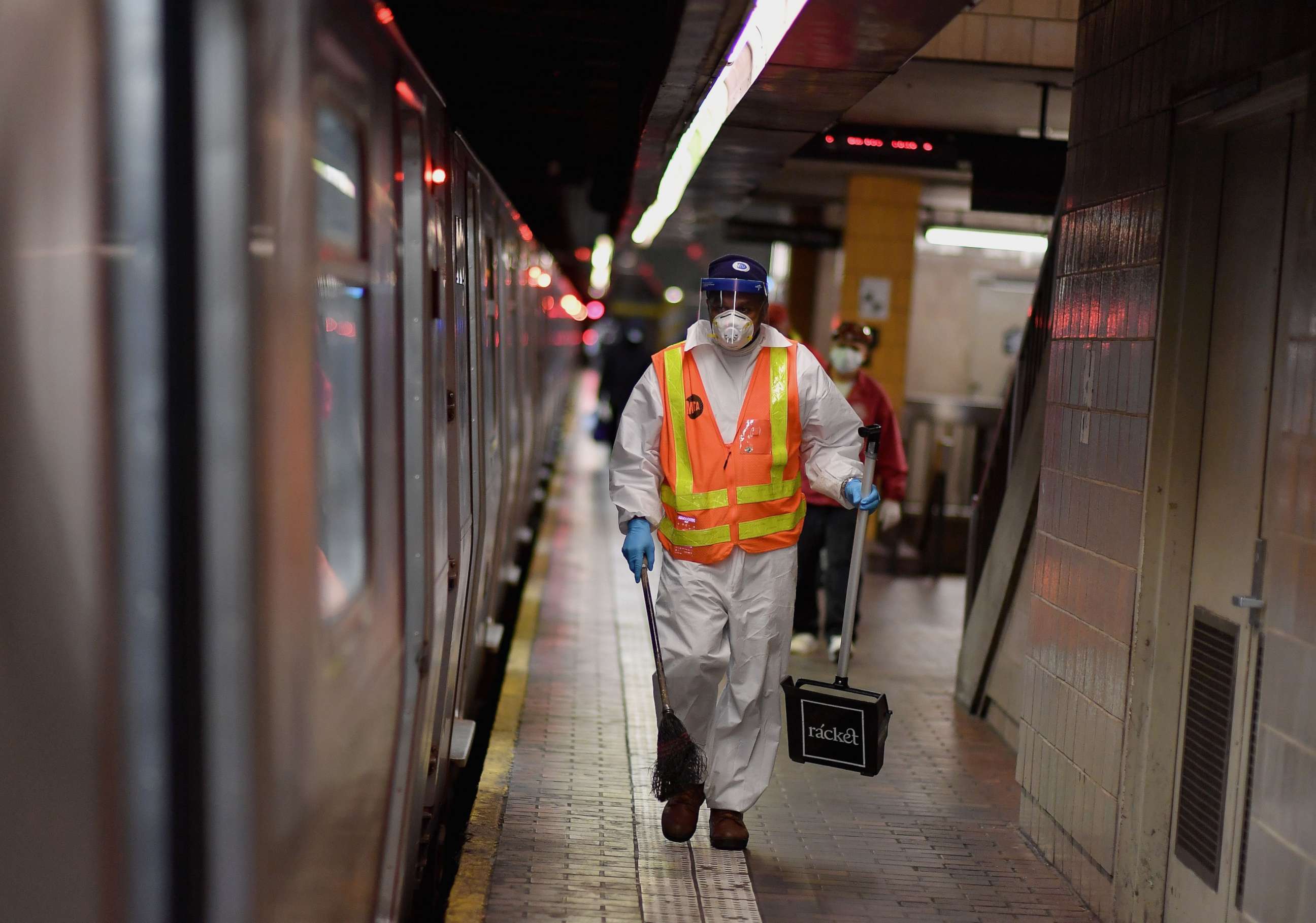
9:25 a.m.: France slowly emerges from strict lockdown
France slowly reopened Monday after nearly two months of being under one of the strictest quarantine measures in Europe amid the coronavirus pandemic.
The biggest change for the more than 60 million living in France will be the freedom again to leave their homes without a permission form, which indicated their justification for leaving was among a list of seven approved reasons.
Starting Monday, people won't be compelled to stay home and will be allowed to gather in groups of up to 10 people inside or outside. Small shops and markets can open with restrictions on the amount of people, while bars, restaurants, cafes and large museums will remain closed. Many schools will reopen Tuesday.
With the reopening of some 400,000 companies and the return of 875,000 workers, mask-wearing will be mandatory on public transportation.

Jogging and other individual sports activities, which had been banned during the day from 10 a.m. to 7 p.m., will be allowed again in Paris at all times. However, movements between regions and administrative districts will be restricted: people are asked not to go further than a 100-kilometer radius (62 miles) from their home, unless they can show a compelling reason.
France still faces the challenge of, in the prime minister's words, being "split in two." Four regions, including the greater Paris area, are still in the "red" zone to signify remaining pressure on hospitals, and they will remain under stricter guidelines, with middle schools, parks and public gardens staying closed.
France is one of the worst-affected European nations in the pandemic. More than 177,000 people there have been diagnosed with COVID-19 and over 26,000 have died, according to a count kept by Johns Hopkins University.
8:03 a.m.: Confusion reigns as England eases out of lockdown
U.K. Prime Minister Boris Johnson has announced modifications to the lockdown currently in place across the country as well as a phased plan to reopen society, but the measures were roundly criticized as lacking clarity.
In a televised address to the nation on Sunday evening, Johnson said that England had changed its formal government slogan to "Stay Alert, Control the Virus, Save Lives," from the previous guidance which said that people must "stay at home" to stop the spread of the novel coronavirus and protect the National Health Service (NHS). The new messaging puts England at odds with the three other countries of the United Kingdom.
While the rules on social distancing remain in place, members of the public, starting on Wednesday, will be allowed to leave their homes for unlimited amounts of exercise, to sunbathe and drive to other destinations. Fines for those who break the measures, which are still limited to spending time with members of your own household, will be increased, Johnson said.
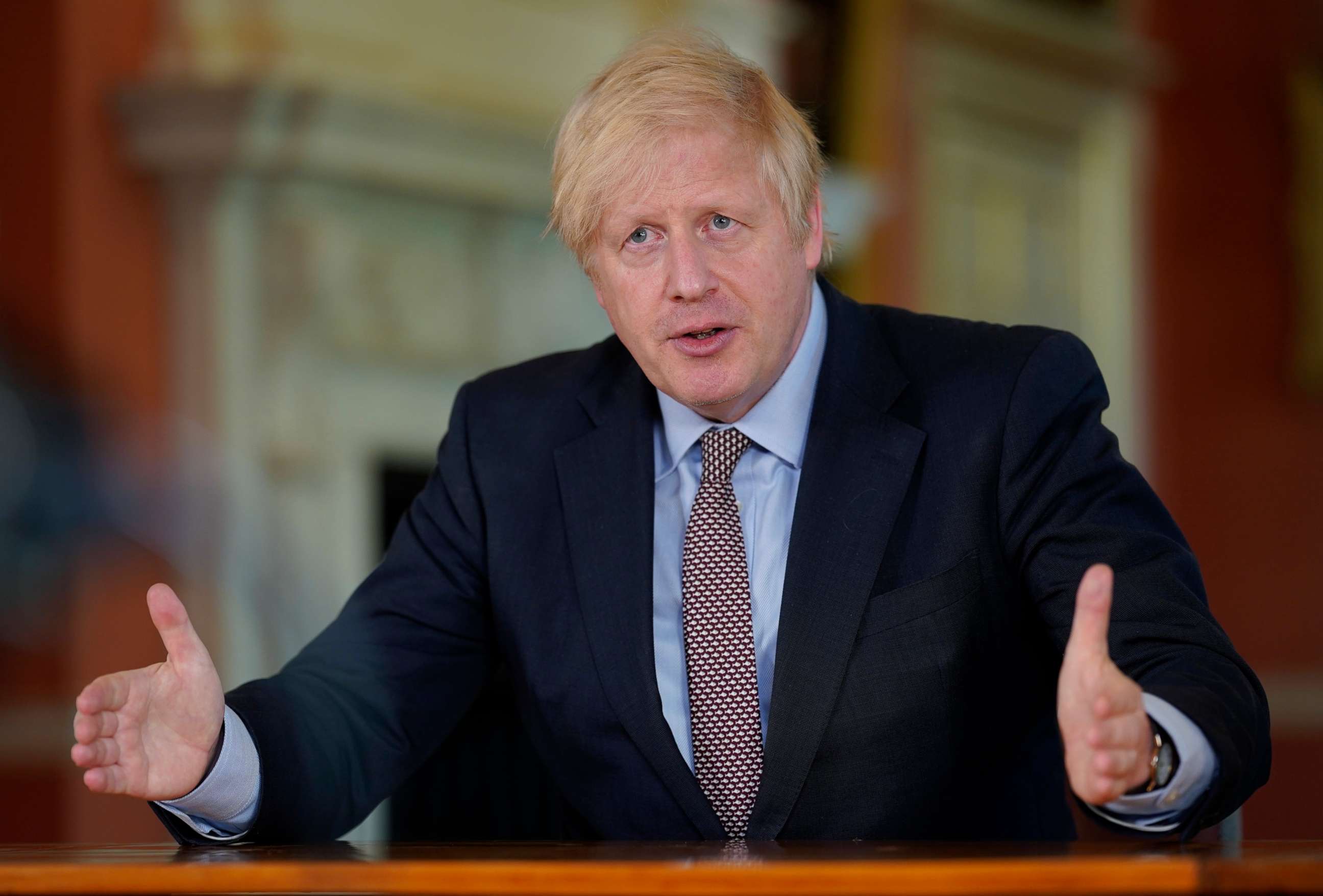
The prime minister also announced that new plans to quarantine travelers entering the United Kingdom would be introduced "soon." The U.K. has thus far been one of the few countries in the world to remain open for foreign travel.
Johnson will be laying out the plans in more detail before Parliament on Monday. But the government's messaging has been criticized by opposition lawmakers as sowing a sense of confusion for ordinary citizens and businesses, after a week in which headlines in the national press indicated that Johnson's address would herald a far more substantive lift to the lockdown measures currently in place.
The national governments of Scotland, Wales and Northern Ireland have indicated they will continue to adhere to the previous official advice of "Stay at Home, Protect the NHS, Save Lives," despite the modifications announced by Johnson. Although Johnson is the prime minister, public health legislation is devolved to national governments within the U.K.
7:36 a.m.: Italy reports lowest daily death toll and caseload since March
The number of deaths from the novel coronavirus in Italy rose by 165 on Sunday, according to the country's Civil Protection Agency.
It's the lowest daily toll reported in the country's epidemic since March 9. Italy's nationwide death toll from the virus now stands at 30,560 -- the third highest in the world, after the United States and the United Kingdom.

Italy's daily tally of new COVID-19 cases also fell on Sunday to 802 from 1,083 the previous day, according to the Civil Protection Agency. It's the first time since early March that the number of new infections reported in a single day in Italy were under 1,000.
Italy's total number of diagnosed cases now amounts to 219,070 -- the third highest global tally, behind the United States and Spain.
Once the worst-hit country in Europe, Italy was the first nation in the world to impose a nationwide lockdown due to the coronavirus pandemic. Last week, Italy began to slowly lift the strict lockdown by easing some restrictions.
What to know about coronavirus:
- How it started and how to protect yourself: Coronavirus explained
- What to do if you have symptoms: Coronavirus symptoms
- Tracking the spread in the U.S. and worldwide: Coronavirus map
5:50 a.m.: Russia sees yet another record daily rise in COVID-19 cases
Russia saw yet another record daily rise in COVID-19 cases on Monday, with 11,656 new infections reported over the past 24 hours.
It's the ninth day in a row that Russia has reported more than 10,000 new cases of COVID-19. The latest daily tally shatters the country's previous record of 11,231 new infections reported on Thursday, according to data released by Russia's coronavirus response headquarters.

Russia has the world's second-fastest rate of new infections in the coronavirus pandemic, behind the United States.
Overall, Russia has reported 221,344 confirmed cases of COVID-19 and 2,009 deaths. The country's mortality rate has remained relatively low with just 94 fatalities reported in the past 24 hours, according to the coronavirus response headquarters.
Moscow still has the bulk of the country's reported infections, with 6,169 new cases reported over the last 24 hours, bringing the citywide total to 115,909. The Russian capital has been under strict lockdown since March 30.
4:47 a.m.: Wuhan reports cluster of cases after a month without new infections
Wuhan, the Chinese city that was ground zero of the coronavirus pandemic, is experiencing a cluster of new coronavirus cases for the first time in a month, health officials said.
The Wuhan Municipal Health Commission reported Monday that five new locally-transmitted infections were confirmed in the city, the capital of central China's Hubei province, arising from a previously asymptomatic patient who then spread the virus to four others in her residential compound, according to the official state-run Xinhua News Agency.
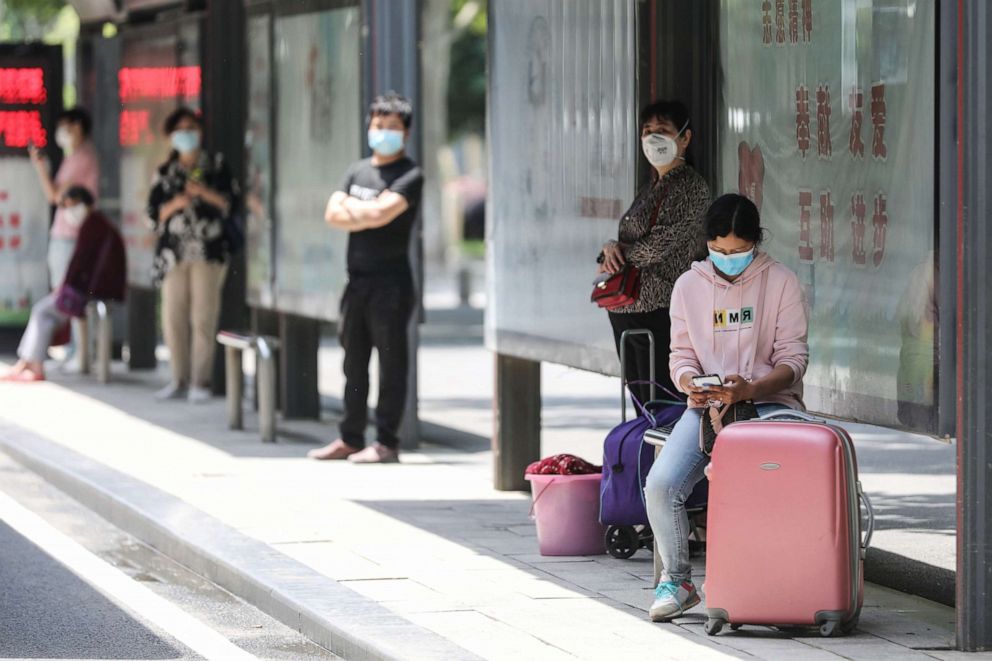
The five new cases of COVID-19 were among a total of 17 new confirmed infections reported on the Chinese mainland over the past 24 hours. Seven of those cases were imported from abroad, according to China's National Health Commission. There were no new deaths reported.
The fresh wave of infections hit just days after China downgraded the entire country from high- to low-risk for the novel coronavirus. Mi Feng, a spokesperson for the National Health Commission, told a press conference in Beijing last week that the decision was made as the number of new infections continues to hover just above zero and no new deaths have been reported for 22 consecutive days.
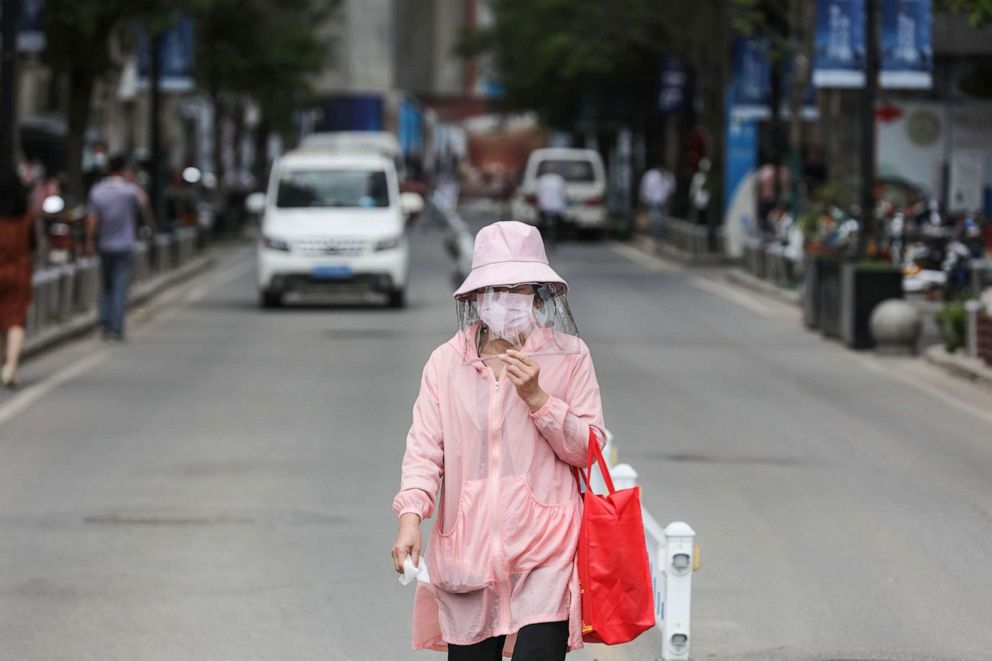
But the city of Shulan in northeast China's Jilin province raised the risk level from medium to high after a new locally-transmitted case was reported Thursday. The National Health Commission said Monday that three new cases were reported in Jilin province.
On Sunday, the risk level of Wuhan's Dongxihu district was also escalated from low to medium after a new locally-transmitted case was confirmed there over the weekend, according to Xinhua News Agency.
China was once the epicenter of the coronavirus pandemic. The first cases of infection were detected in Wuhan back in December. Since then, the Chinese mainland has reported 82,918 confirmed cases of COVID-19 and 4,633 deaths. Currently, 141 people with the disease remain hospitalized, according to the National Health Commission.
3:30 a.m.: White House considers new measures after staffers test positive
Additional measures are being put in place in the West Wing after two aides on the White House campus tested positive for the novel coronavirus, ABC News has learned.
While attendees of meetings have been semi-spaced out in recent weeks, there hasn't been a six-foot distance between them and aides haven't been seen wearing face masks. Sources told ABC News more aides may start wearing masks, though they will not be required to do so.
One measure under consideration is that aides must maintain a six-foot physical distance during meetings, including ones with President Donald Trump, a senior-level source told ABC News.
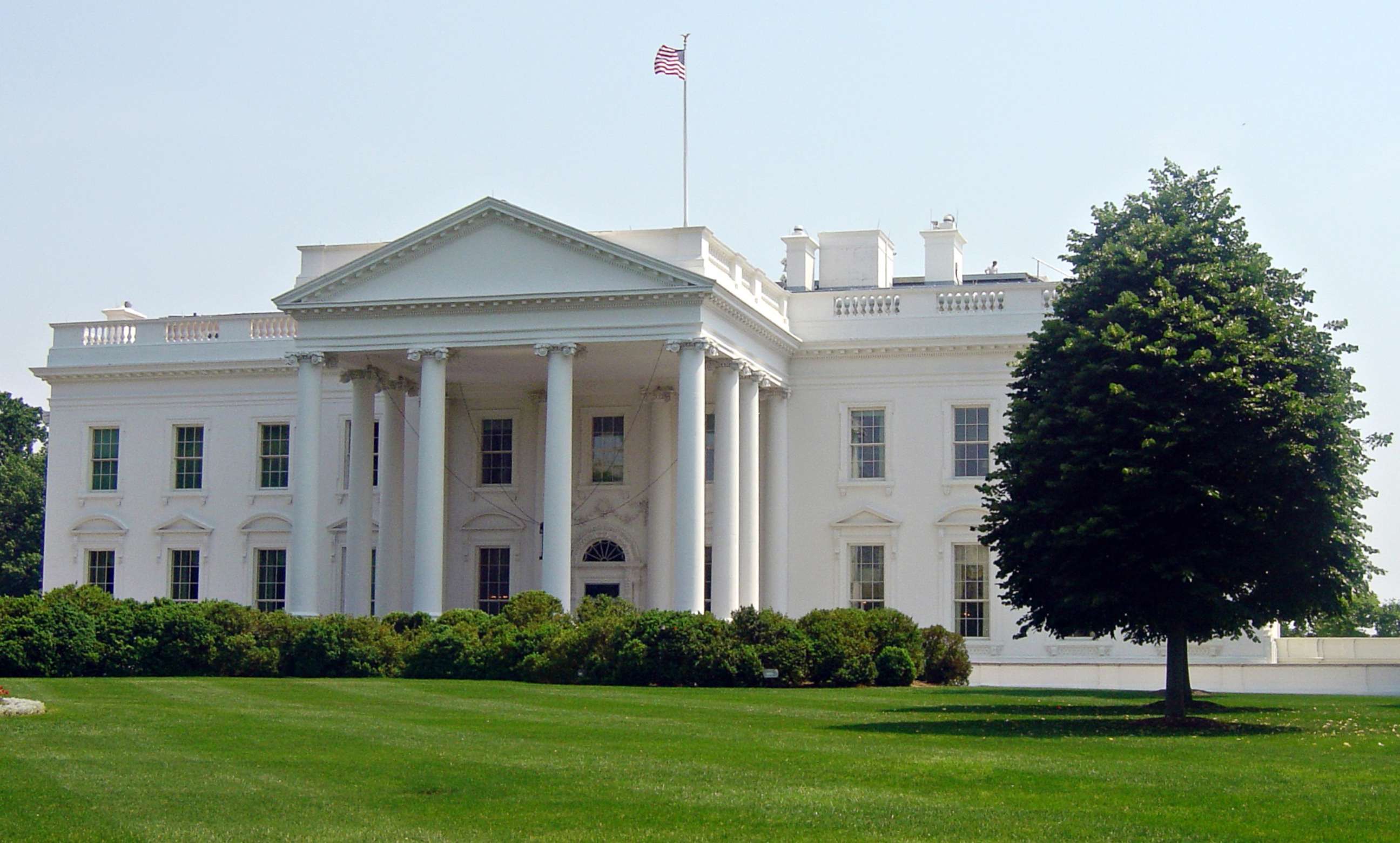
There is a list of over a dozen people who will be tested daily for the virus before reporting to work in the West Wing, multiple sources said.
In addition, any others who are scheduled to meet with the president on a particular day will be tested.
The testing takes place in the Eisenhower Executive Office Building, adjacent to the White House.
"We are going to continue to conduct business but not run the risk of being potentially infected by a common source," a personal familiar with the discussions of potential new procedures told ABC News.
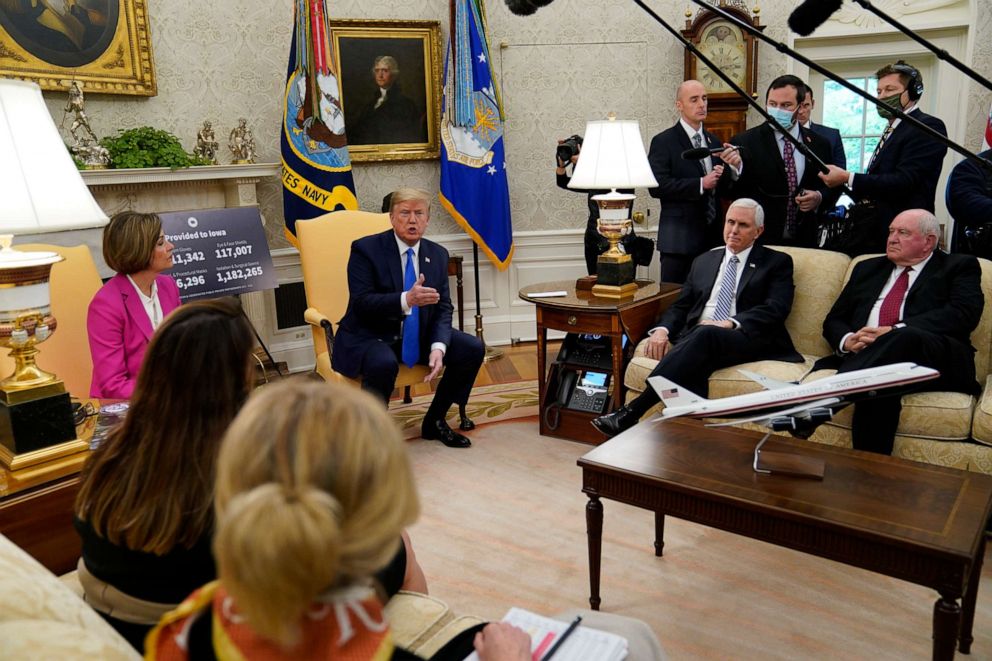
Secret Service agents close to the president and in the vicinity of the Oval Office will also begin wearing face masks, sources said. The Secret Service declined to comment Sunday night.
Some agents already on the ground during Trump's Arizona trip last week were seen wearing face masks.
White House chief of staff Mark Meadows said on Friday that the White House "is probably the safest place you can come to," despite confusion internally about what the Trump administration was actually doing to keep the building and its employees safe since they don't follow social distancing measures.
Over the weekend, Meadows worked with the White House medical and security units to put additional protocols in place, sources said.
"Any meetings the president goes to, people will maintain maximum social distancing measures," one administration official told ABC News.
There were also discussions over the weekend about separating Trump and Vice President Mike Pence. But, at this point, multiple officials said that's unlikely and the pair will still attend meetings together.
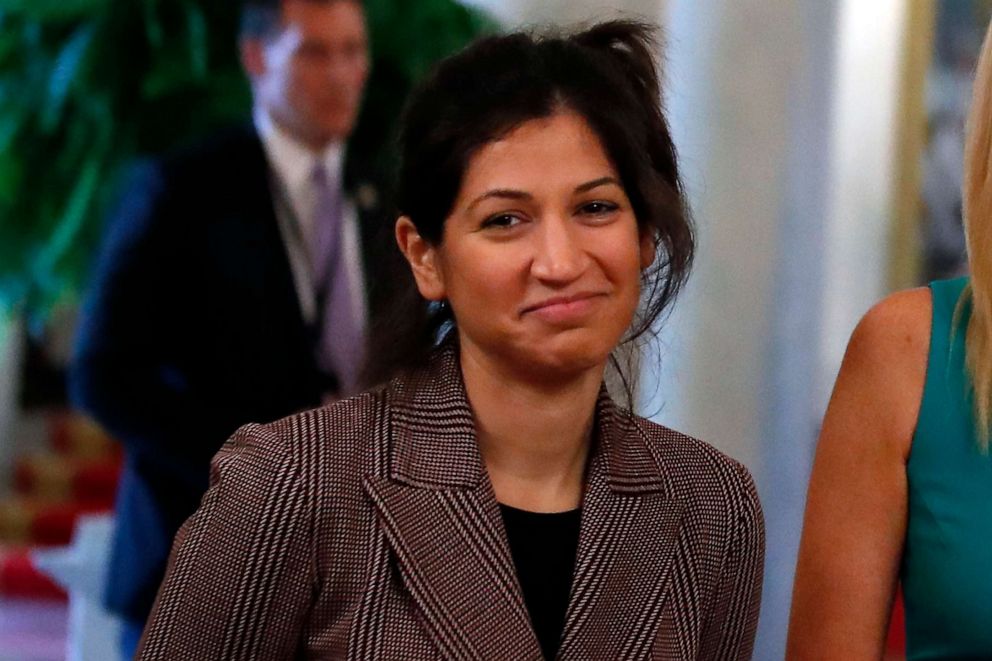
Pence did not self-quarantine over the weekend, despite his press secretary Katie Miller being diagnosed with COVID-19 on Friday. There was some confusion as to whether he did because he was not in attendance for a Saturday meeting at the White House.
Last week, a U.S. military service member who works at the White House campus and serves as a valet to the president also tested positive for the novel coronavirus. Since then, some teams inside the White House have unilaterally decided to work from home.
Many aides who were in meetings with Miller have been contacted, especially those that were sitting near her, according to meeting seating charts seen by ABC News. It is not clear whether additional administration officials are self-quarantining as a result of coming into contact with anyone who has tested positive for the virus.
Sources said Dr. Anthony Fauci, director of the National Institute of Allergy and Infectious Diseases and a prominent member of the White House coronavirus task force, and Dr. Deborah Birx, the coronavirus response coordinator, are scheduled to be at the White House for meetings on Monday.
ABC News' Matthew Claiborne, Guy Davies, Katherine Faulders, Ibtissem Guenfoud, Kendall Karson, Aaron Katersky, Rachel Katz, Alina Lobzina, Phoebe Natanson, John Santucci, Terrance Smith and Karson Yiu contributed to this report.
